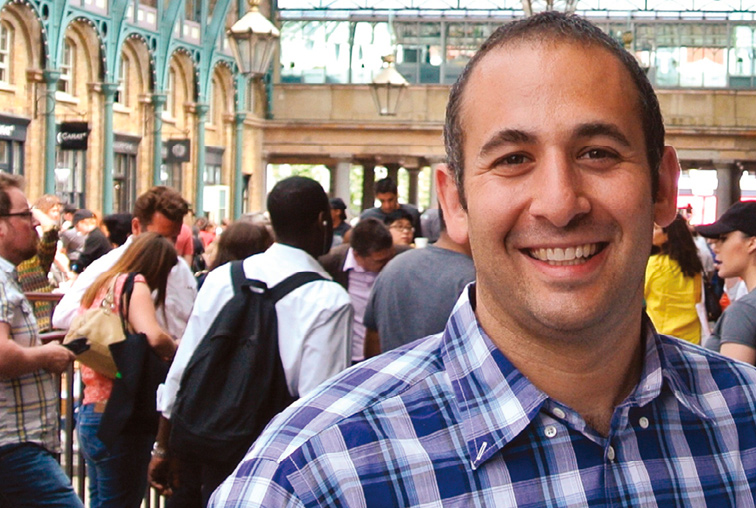


“Wherever we open, we reach out into that new community and strive to bring back exciting local flavors and products—ingredients that celebrate a sense of place.”
—MARK ROSATI
California, Here We Come…
As Shake Shack expands into new markets, it is crucial to balance what’s well-known and loved about the brand with hyper-local community outreach. Hiring and training are the keys to expanding the culture; seeking out indigenous ingredients keeps each Shack rooted in its specific place. On March 15, 2016, Shake Shack opened in West Hollywood—its first California Shack. It was number 88 worldwide, but in many ways it was a brand new experience.
“The opportunity to launch in California—the roadside burger stand capital of the world—was huge,” Randy recalls. “We are hardly a new idea. We didn’t invent the burger. And the way we went about this is as true and sincere as the very first Shack we opened. We wanted everybody in that community to feel connected: chefs, bakers, influencers, and, most important, our neighborhood. Mark reached out to chefs he’d long admired in the food community to contribute to Concretes. We planned strategically timed pre-opening events beginning months before, like an outside movie night and a pop-up Shack. If ever there was a ‘the bigger we get, the smaller we need to act’ moment, it’s how we approached Los Angeles.
“We went into In-N-Out territory with humility. (We all wish we could be In-N-Out when we grow up!) Danny and I sent the message: ‘We just hope you put us on your rotation!’ ‘We just want to be one of your favorites.’ We didn’t put up signs blaring ‘Hey, we’re coming to your neighborhood!’ Our first step was an art project, the Happy Wall, on the building site on Santa Monica Boulevard. We commissioned a Danish artist, Thomas Dambo, who used 1,600 hinged wooden panels (this page) that exposed color so people could form messages. We wanted to let folks know that we are fun and colorful and eager to interact with the neighborhood. People expressed beautiful thoughts to celebrate Martin Luther King Day and on the day David Bowie died.
“West Hollywood is quite possibly the finest expression of Shake Shack as a community gathering place that we’ve ever done outside of Madison Square Park. That is a bold statement for me to make. And the results so far bear me out.”

4 to 6 MONTHS AHEAD
Interactive Art Walls
We surrounded construction on our first Brooklyn Shack with a Before I Die wall, part of a worldwide movement by artist Candy Chang. In Chicago, it was an interactive sliding puzzle with local landmarks by Noah MacMillan.
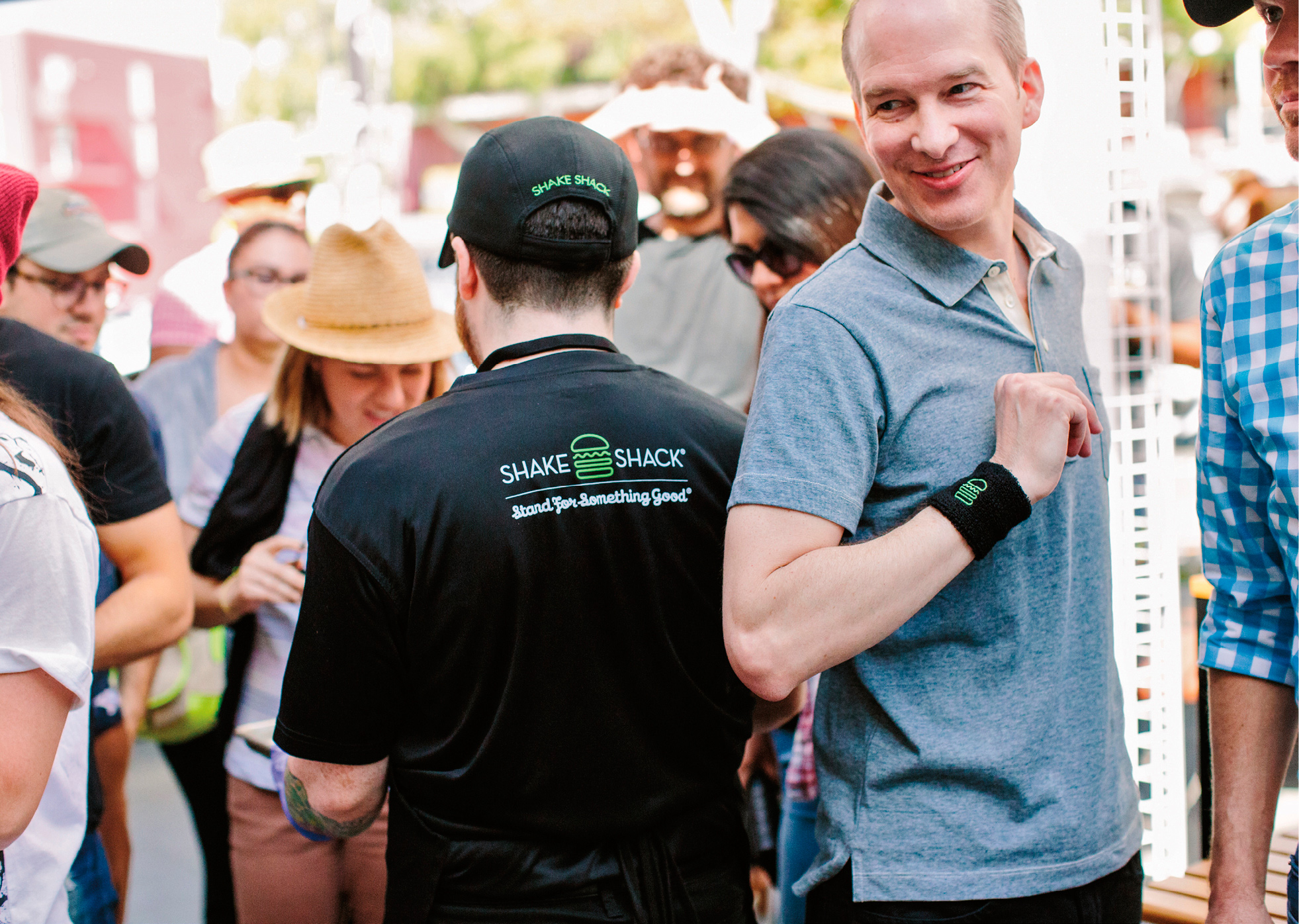
“Our mission is to connect with people through their hearts as well as through their stomachs. For LA, our fine dining heritage helped us find the right people to work with. Community spirit happened in a truly organic way.”
—EDWIN BRAGG, VP, MARKETING & COMMUNICATIONS
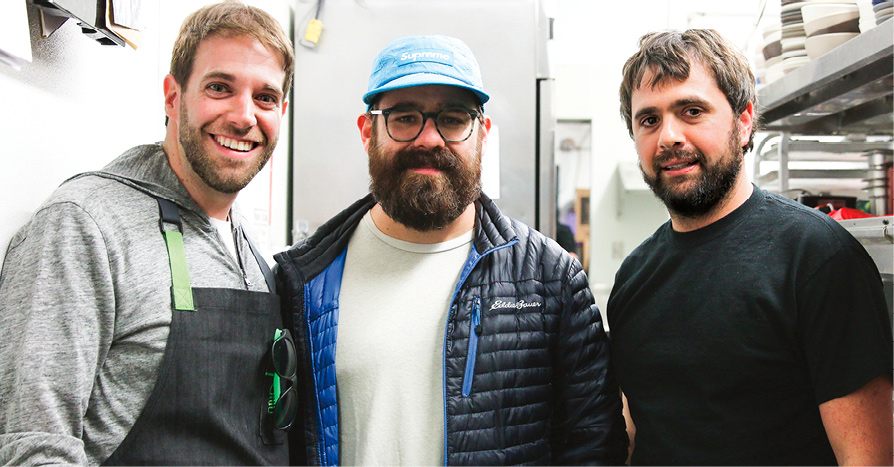
7 WEEKS AHEAD
Son of a Gun Pop-up
Cutting-edge LA chefs Vinny Dotolo and Jon Shook (Animal, Jon & Vinny’s), with Mark, generously turned their Son of a Gun into a Shack pop-up; they did a tuna melt, we did burgers and fries with their malt vinegar aioli. People lined up 100 deep for hours.
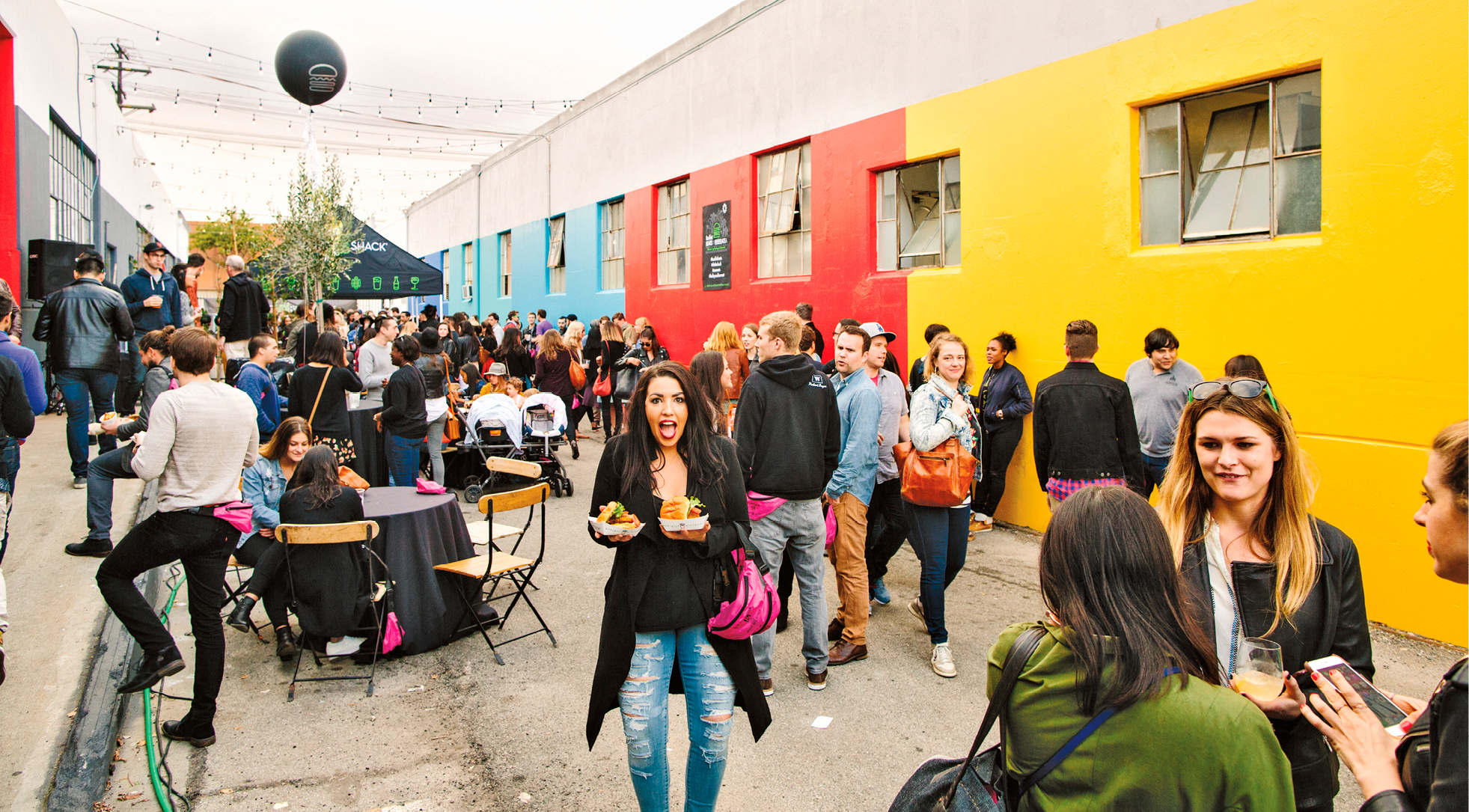
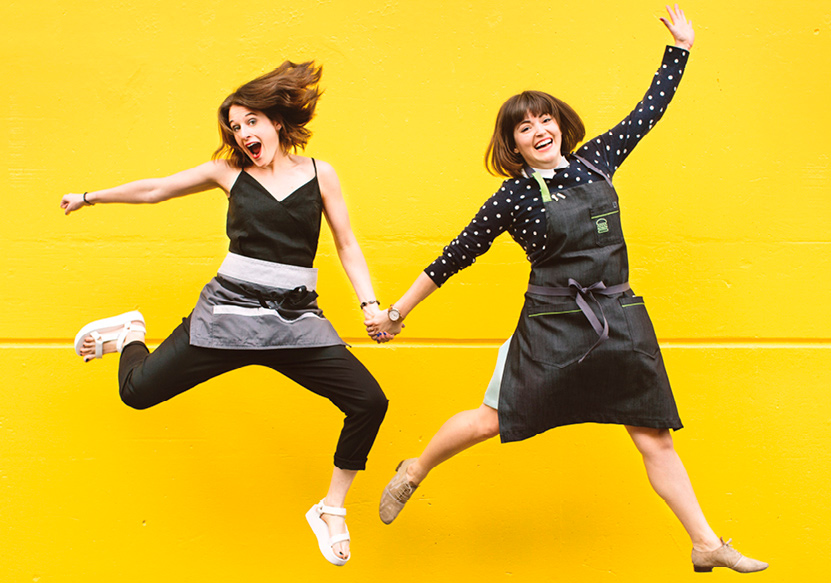
7 WEEKS AHEAD
Backlot Beats & EEEATS Party
We painted walls in Hedley & Bennett’s hip apron factory’s backyard Instagram-perfect colors (with our marketing director Laura Enoch and H&B founder Ellen Bennett) and introduced ourselves to 1,200 folks.
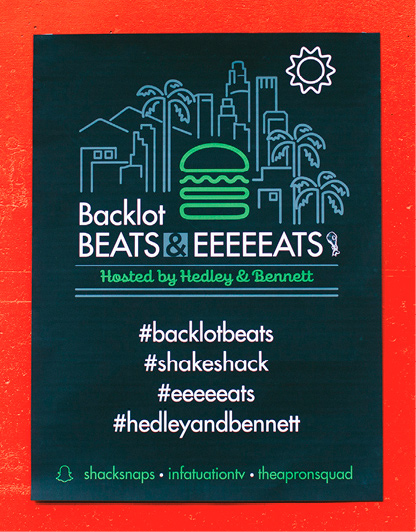
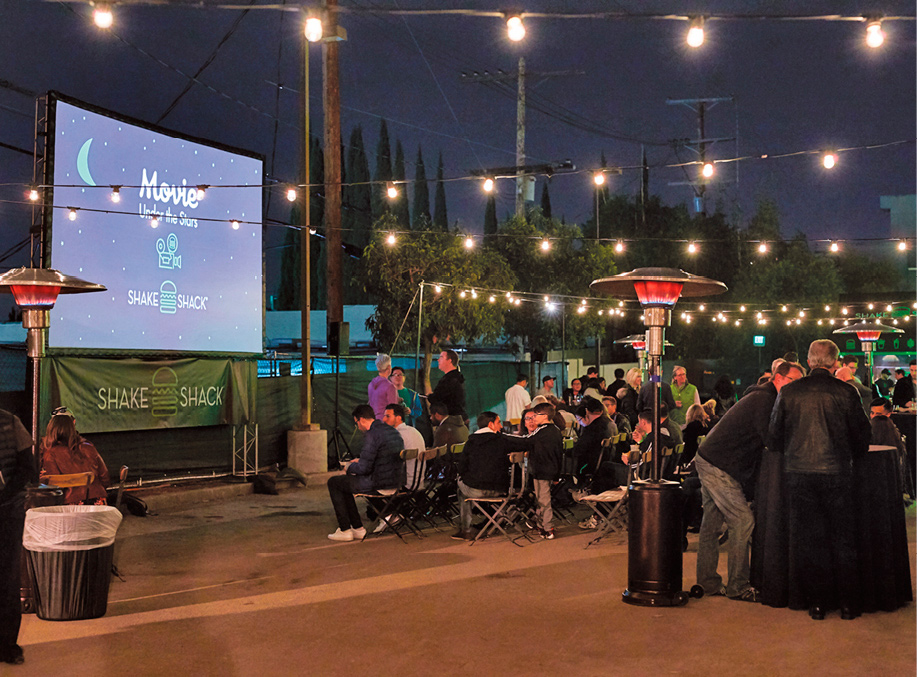
7 WEEKS AHEAD
Movie Under the Stars
Even though our parking lot was still a construction site, we turned it into an outdoor movie event among the Dumpsters and backhoes, and screened the original Star Wars film. We served ShackBurgers and buttery popcorn caramel custard to about 300 people invited from the neighboring West Hollywood community.
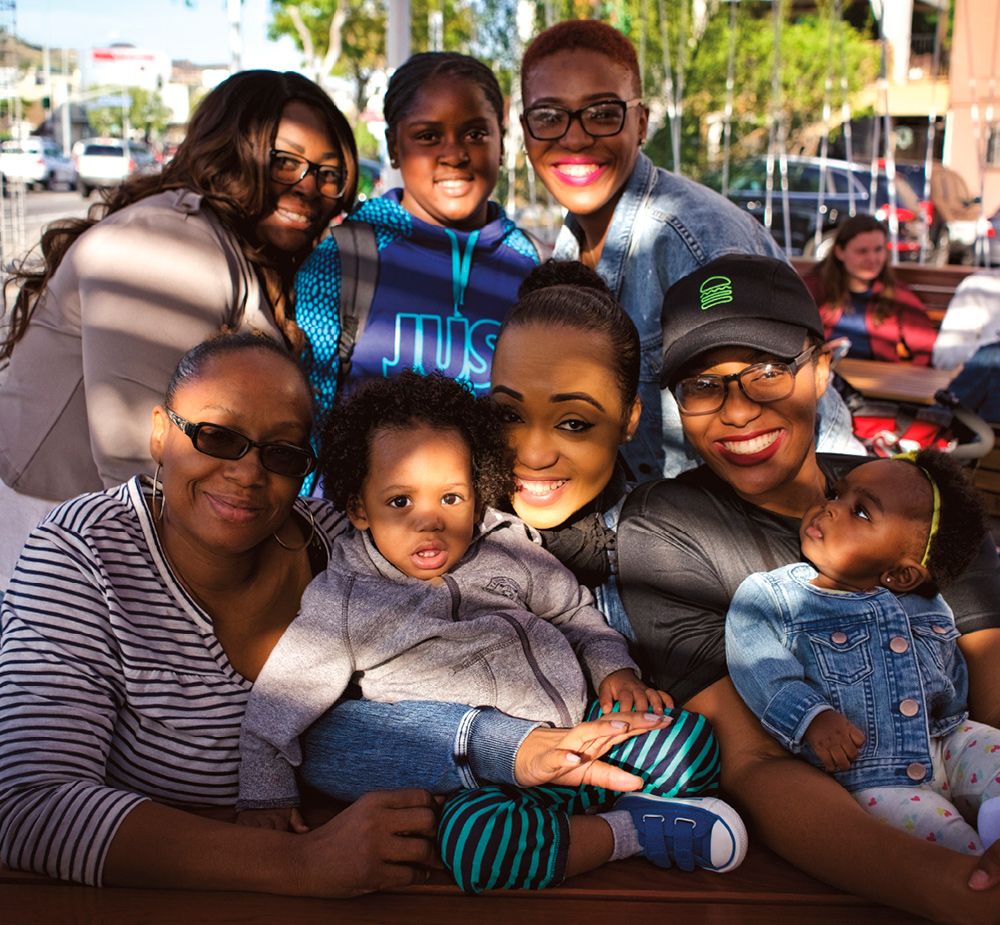
3 DAYS BEFORE
Friends & Family
On the Saturday before opening, the new Shack team got to show off where they work. SheRylle Gray, surrounded by her family, has already been promoted to trainer and helped open Hollywood.
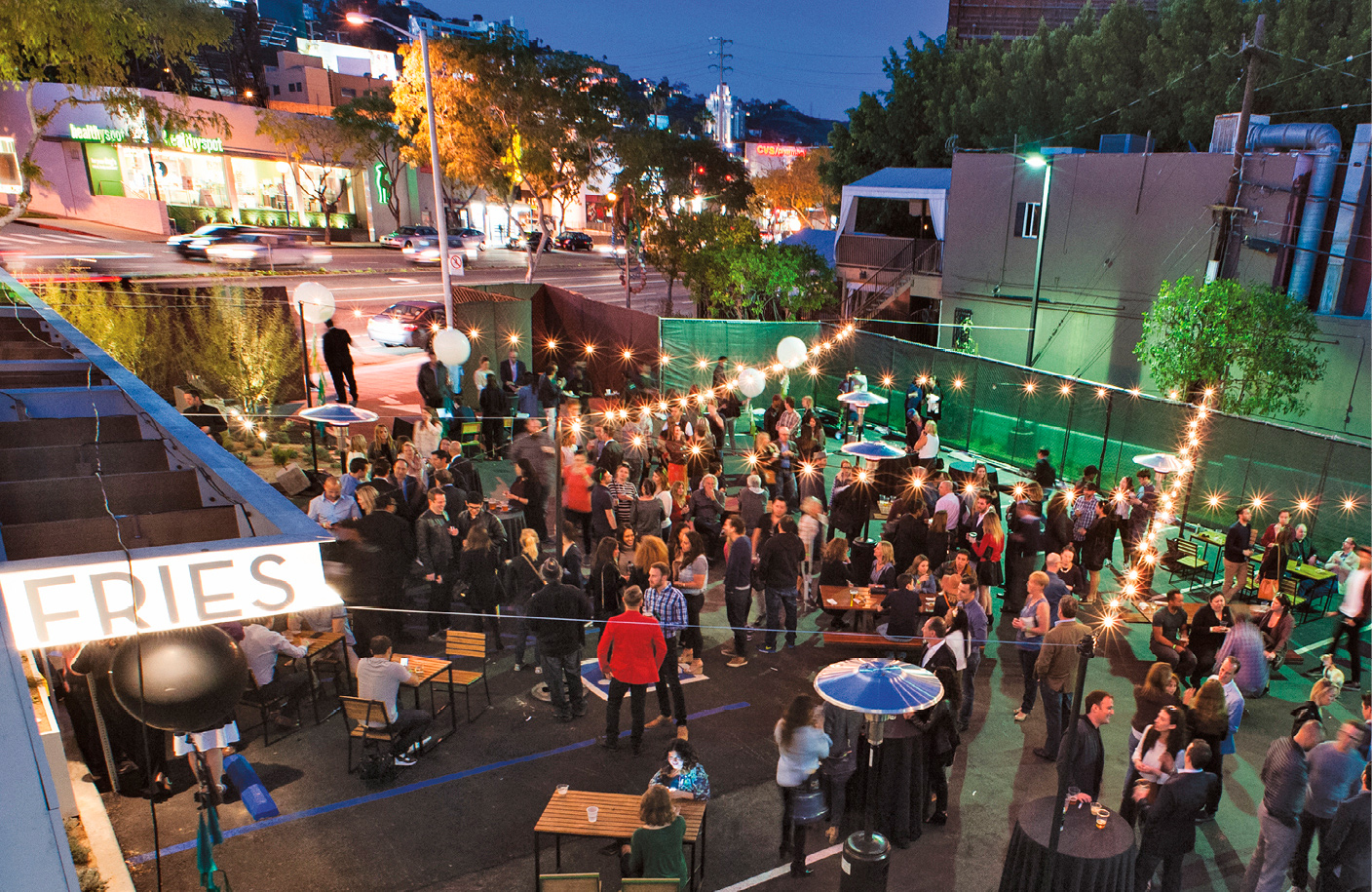
THE DAY BEFORE
Opening Night Party
With lights strung across the parking lot meant to recall those at Madison Square Park, big balloons, and the kitchen cranking out trays of three kinds of burgers, WeHo’s opening night was sort of toned-down Hollywood style. Lots of food folks, good folks, old friends, and new friends.
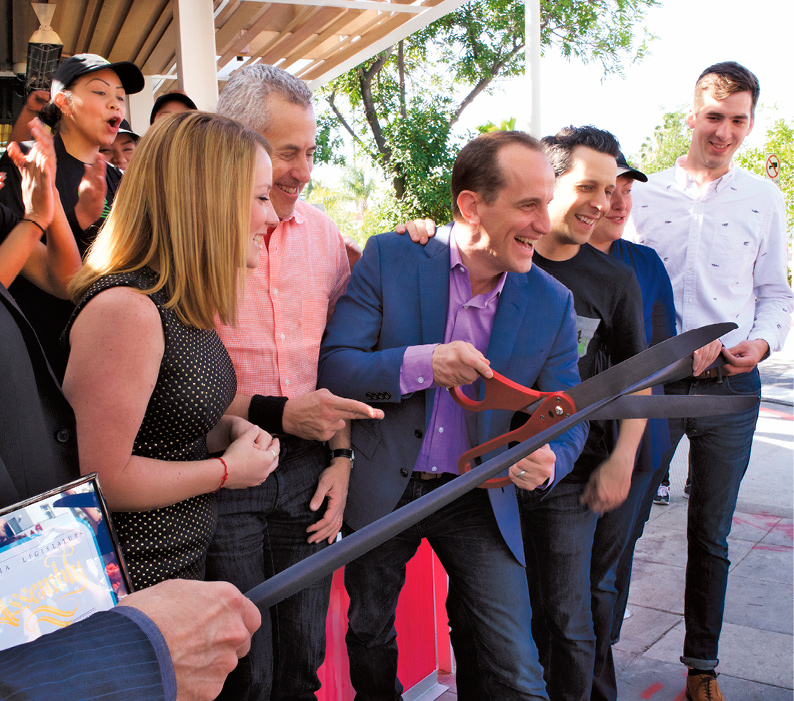
SHOWTIME!
Opening Day
“Hospitality is a team sport!” Danny Meyer told the Shack team assembled for a pep talk an hour before they cut the opening ribbon at 11 a.m. “Promote each other,” Randy told the group. “Be relentless about each other’s success!” “Giving a hug,” Danny says, “is the most selfish thing you can do because you get one back.” First on the long line that had been gathering on the sidewalk for hours was a guy who flew from New York at 4 a.m. for the opening.
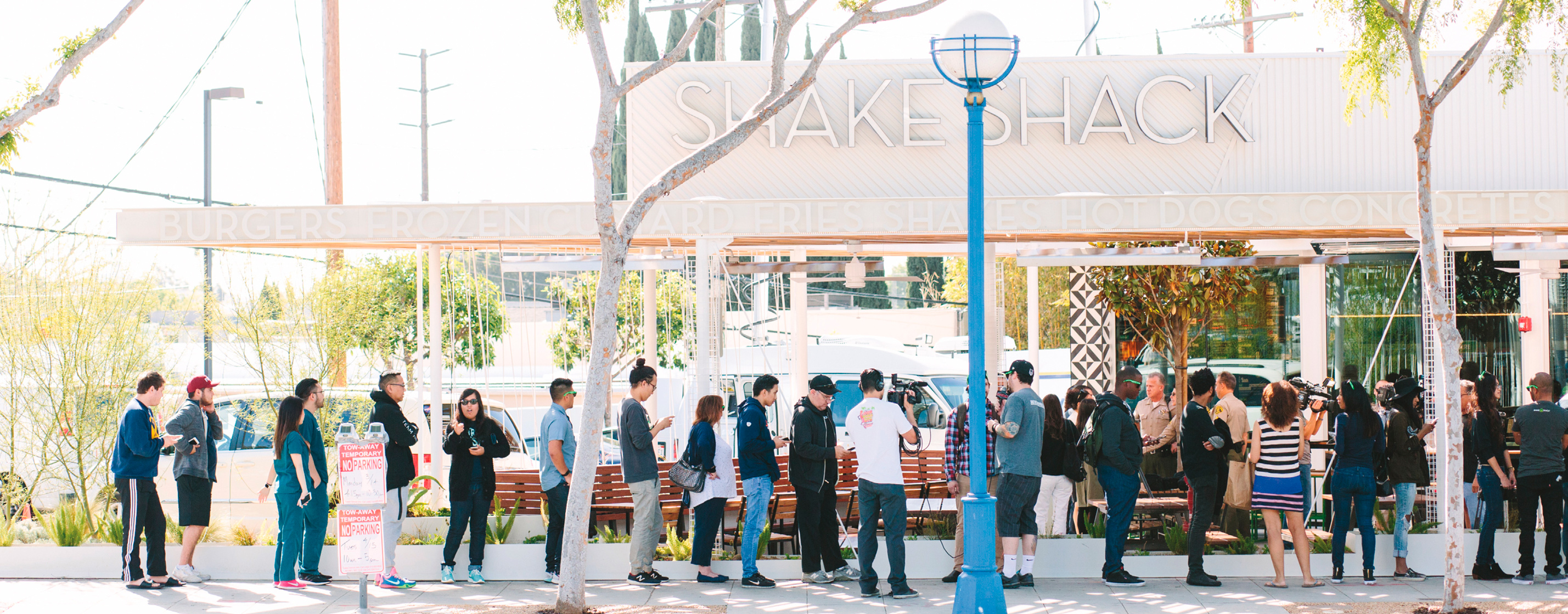
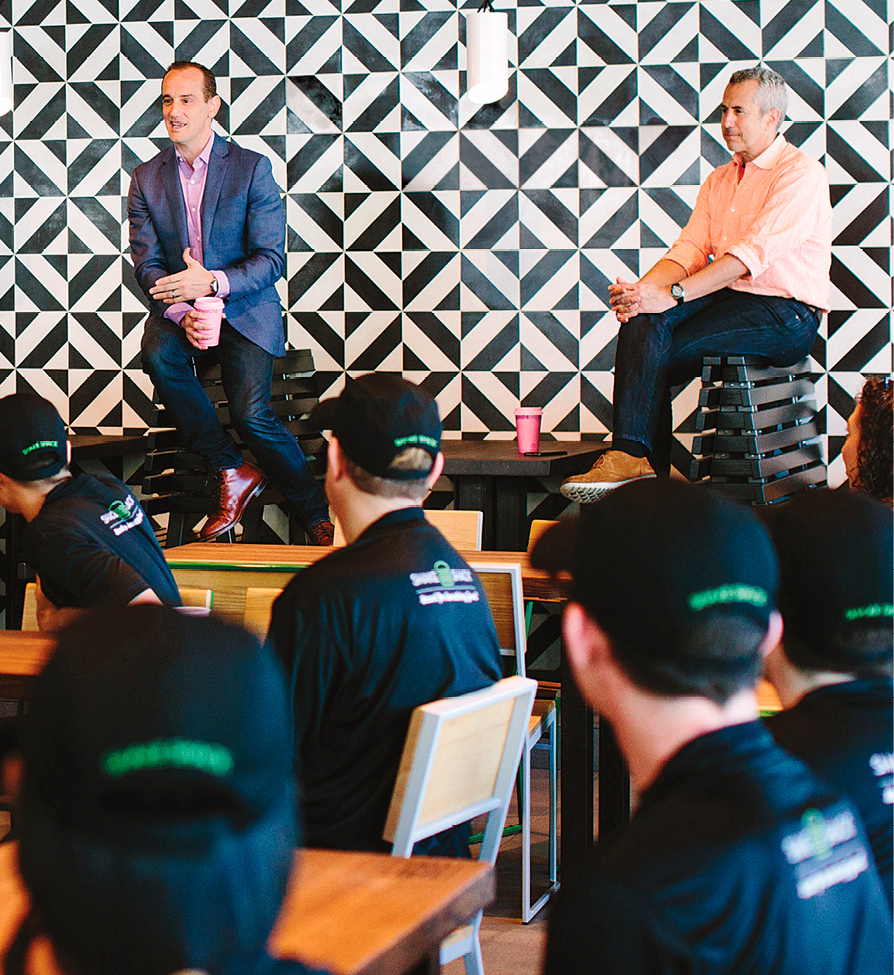
LOCAL HERO

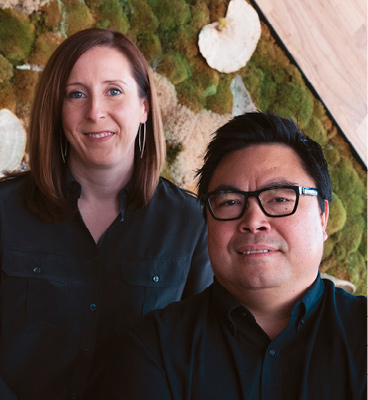
Michael Hsu, principal of his award-winning Austin-based firm, and his partner, Maija Kreishman, have designed many Shake Shacks. But keeping the original footprint of a building in West Hollywood that housed a chicken rotisserie place called Koo Koo Roo? That was a different challenge. “In WeHo,” Maija explains, “we brought that patio out to the street, engaging it with the sidewalk’s bustle. We began with imagery of the way sunlight and shadow filter onto the white walls of California courtyards.”
Shake Shack’s committment to sourcing the best ingredients comes from their fine-dining mind-set. Michael and Maija’s design aesthetic comes from their educated point of view. Neither side dumbs down. “Fast casual has a tendency to make caricatures of design to make it more accessible or more familiar,” Michael says. “People think they have to drop quality to reach a big audience. Shake Shack never does that and we never do either.”
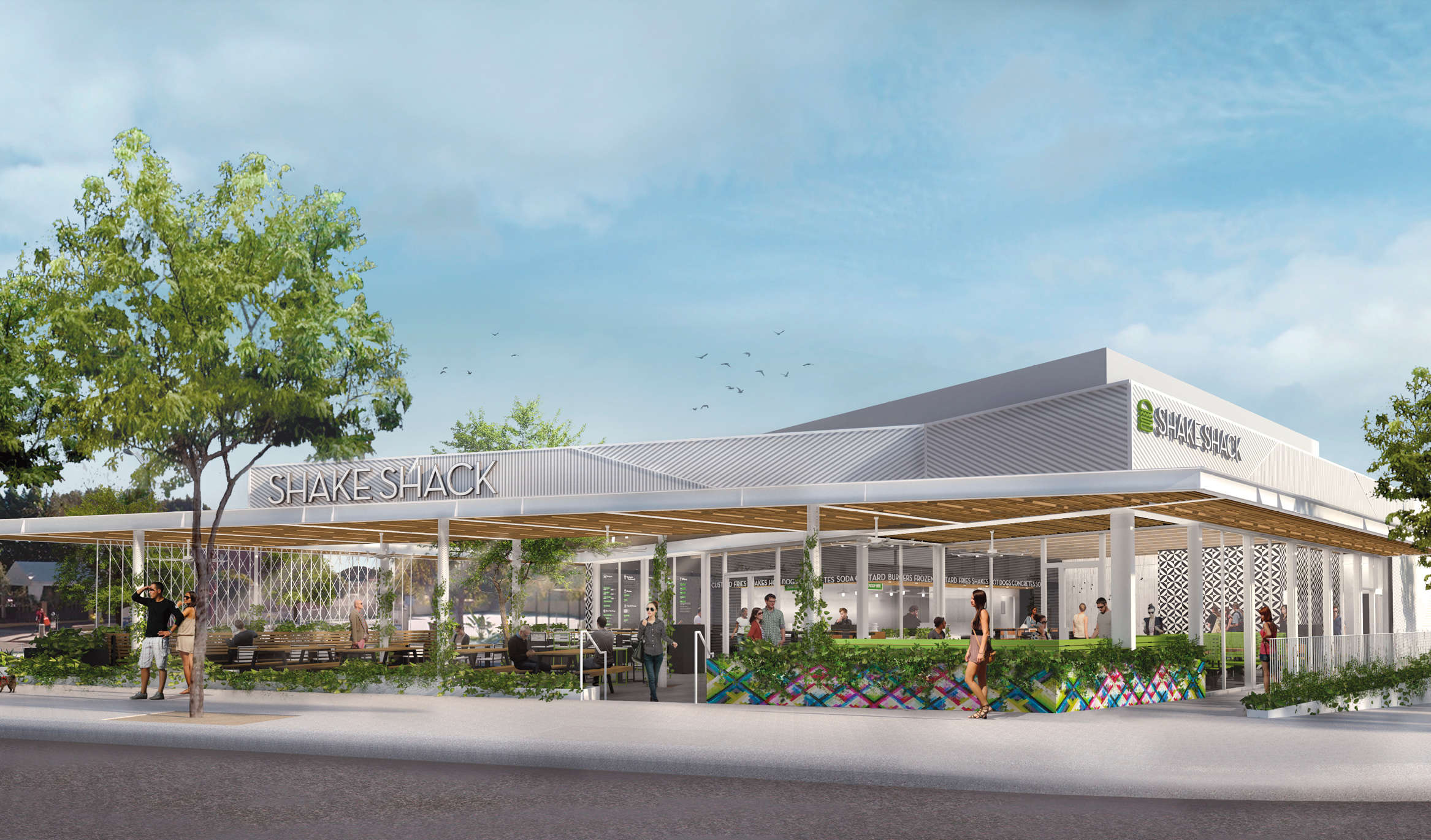
Rendering by Michael Hsu, Office of Architecture
“It always comes back to the first Shack in the park. What do people love about that Shack? And how can we reinterpret it each time and make it its own?”
—MAIJA KREISHMAN, PARTNER
LOCAL HERO

LOS ANGELES, CA
When Jessica Koslow opened Sqirl in 2011, in the architecturally significant but far-flung Los Angeles neighborhood of Silver Lake, it was as if no one had invented breakfast. Her crispy rice bowls, daily frittatas and quiches, and great slabs of toast with ricotta and jam (served until 4 p.m.!) drew lines for days and turned her little hole in the wall into a community magnet. “I knew I wanted to say Yes! to everything, but I knew I couldn’t,” is how she describles how she kept it small and unique. “I just had to stay in tune with myself and do what feels right.”
What felt right to Jessica began with making small-batch jams of such intense fruit flavor that Mark chose Sqirl Seascape Strawberry & Rose Geranium Jam (sold at the shop), to stir into the Rainbow Connection Vanilla Concrete, named for the West Hollywood neighborhood where it’s now served. “Jessica has to be one of the most talented people to cook breakfast ever!” he enthuses, recalling that he was introduced to her two years before they opened in LA.
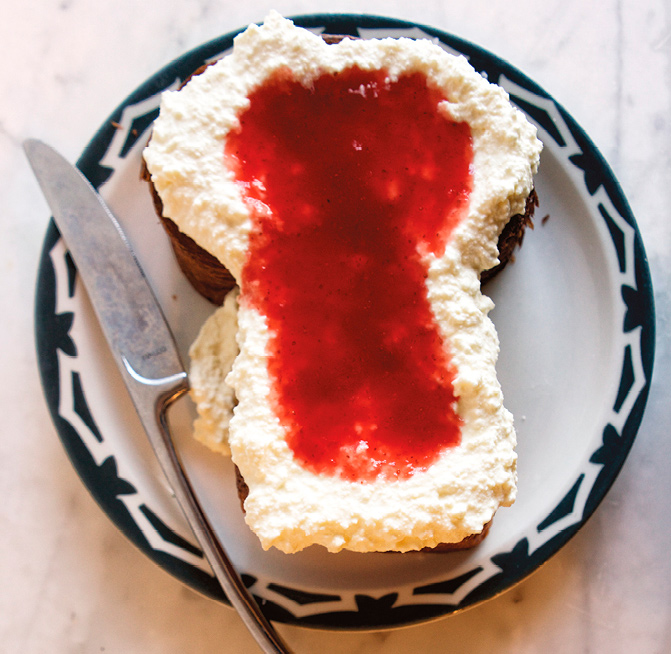
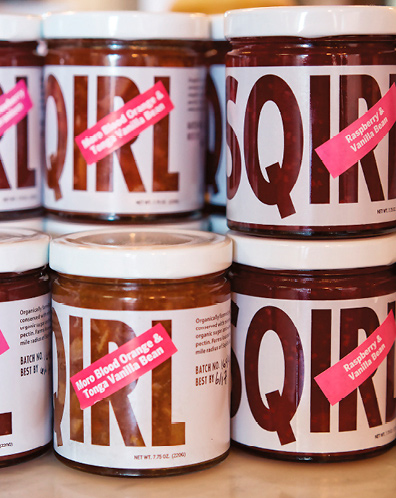
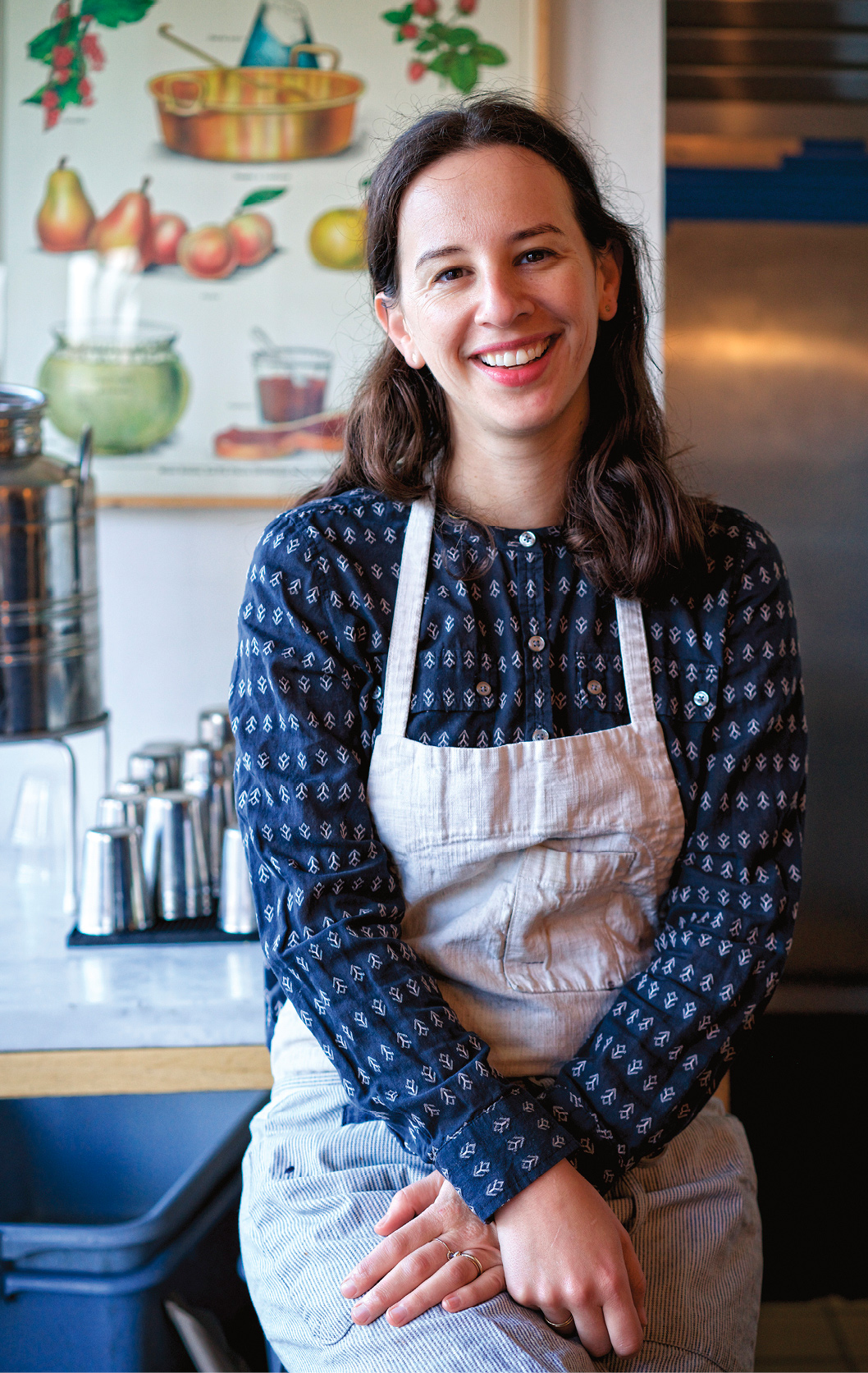
LOCAL HERO

LOS ANGELES, CA
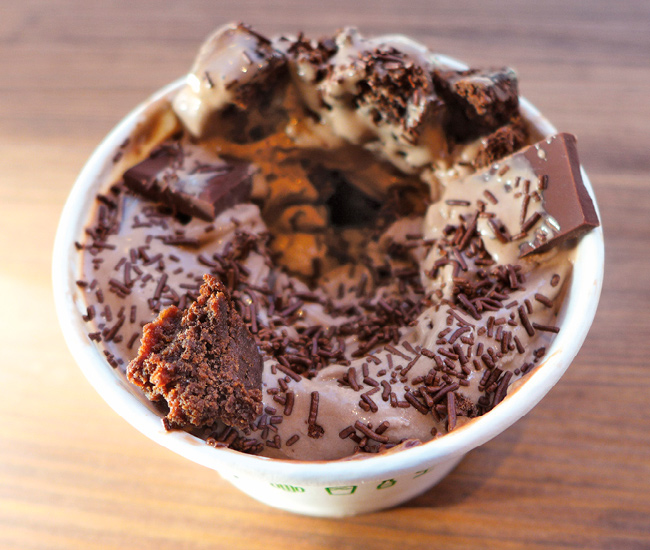
There was joy in the land when Suzanne Goin was named Outstanding Chef (in the USA) by the James Beard Foundation in 2016. That was just months after the salted caramel chocolate brownie made by the wholesale Larder Baking Company, which Suzanne runs with her business partner, Caroline Styne, debuted at the West Hollywood Shack in two special Concretes. Coincidence? Perhaps!
Or maybe the team’s three award-winning LA restaurants—Lucques, A.O.C., and Tavern had something to do with it. Or did her cookbooks, the now-classic Sunday Suppers at Lucques and The A.O.C Cookbook, influence the judges? No matter. Mark reached out to Suzanne and Caroline for that stellar brownie and never looked back.
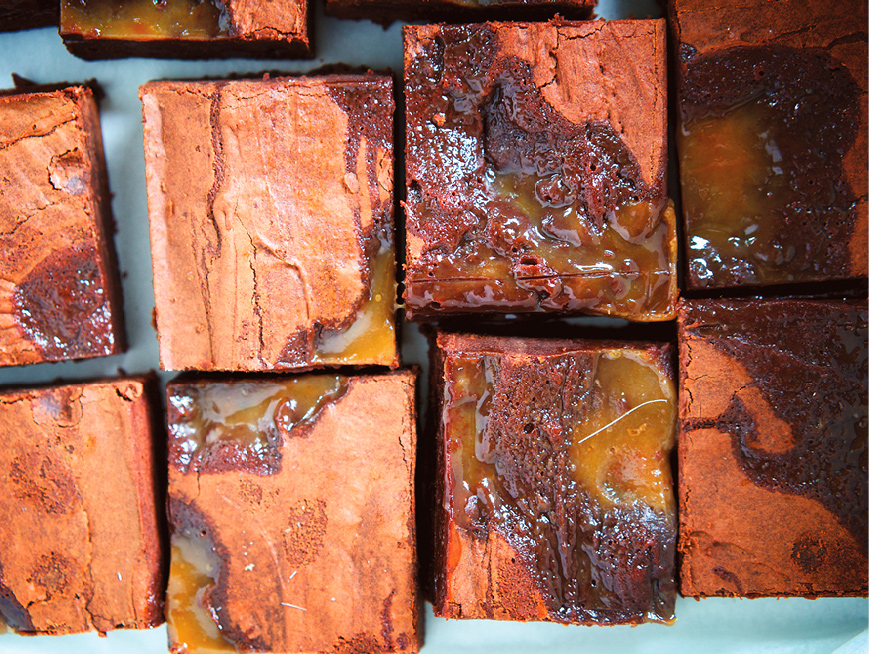

LOCAL HERO

LOS ANGELES, CA
Yes, that was star baker Nicole Rucker, dropping off two glorious pies as big as your head to the kitchen of the West Hollywood Shake Shack just before the opening party; such is the community feeling here. After a storied rise as one of Los Angeles’ best pastry chefs, with a notably long run at Gjusta, the Venice bakery connected with the restaurant, Gjelina, Nicole moved to Cofax as a partner. One goal: reinvent the donut. Cofax (the name is a mash-up of the Brooklyn/LA Dodgers’ legendary pitcher, Sandy Koufax, and the notion of coffee on Fairfax, the central LA street where the shop is located) now features donuts such as honey sea salt and maple bacon.
Rucker says she savors the freedom to grow a culture where “I work harder but smile more!” With her right hand, Krystle Shelton, Rucker endlessly tastes and tests. “We’re keeping a very open mind and with all that freedom to create, who knows where this will lead to?” Mark loves her spiced crumb cake donut, with amped up nutmeg and mace, and mixed it into the Rainbow Connection Concrete at WeHo.
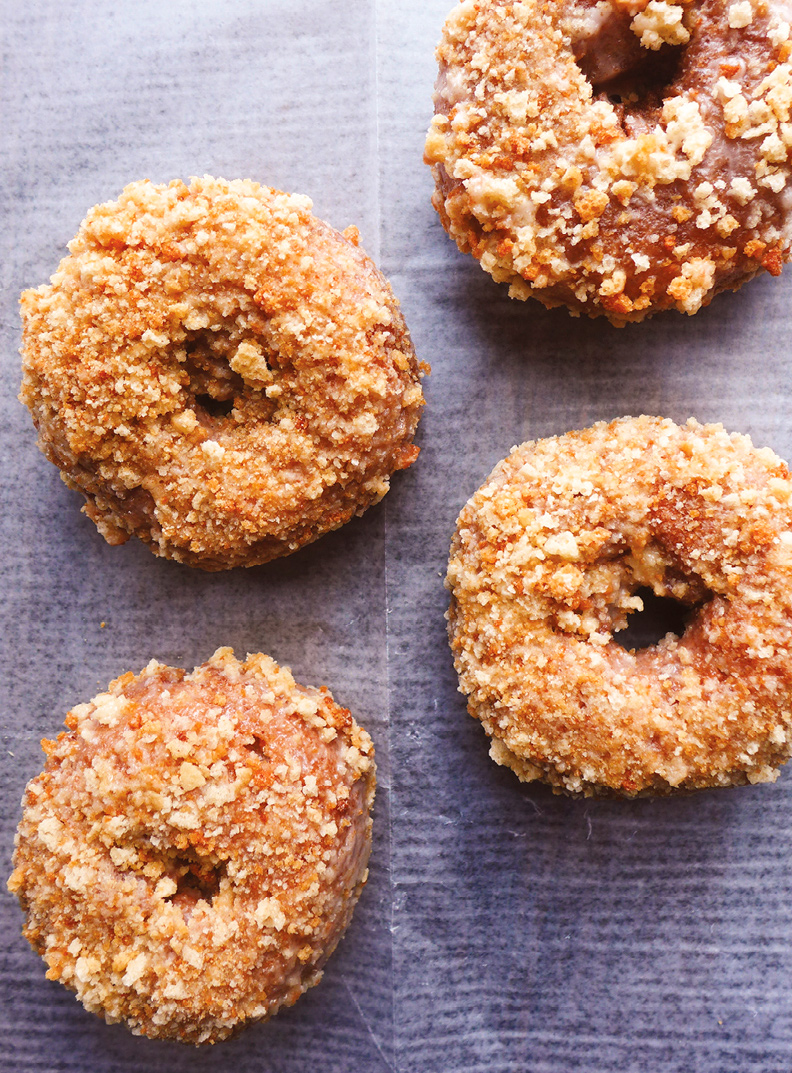

LOCAL HERO

LOS ANGELES, CA
When Jonathan Grahm was 23, and without a whit of experience (at running a business or making chocolate, for example) he bought Compartés, his family’s neighborhood candy store in Brentwood, California. “It was the biggest, best mistake I ever made,” he recalls. “But I got into it.” In a big way. Chocolate is Art! reads the neon sign in his two LA shops. “It was everything I love: Style! Design! Chocolate! I learned everything I needed from Google,” he confesses. Grahm’s idea was to create artisanal chocolates in astounding flavors and textures with a kind of elevated nostalgia, making childhood memories like S’mores and Donuts & Coffee newly hip. Grahm designs the imaginative packages and writes the stories that wrap the chocolates, too. He does his own marketing and PR, figuring out distribution for some 300 outlets across the country, and in Japan as well. No wonder Mark chose Compartés Liquid Gold dark chocolate chunks for the LA Edition of the classic Shack Attack Concrete.
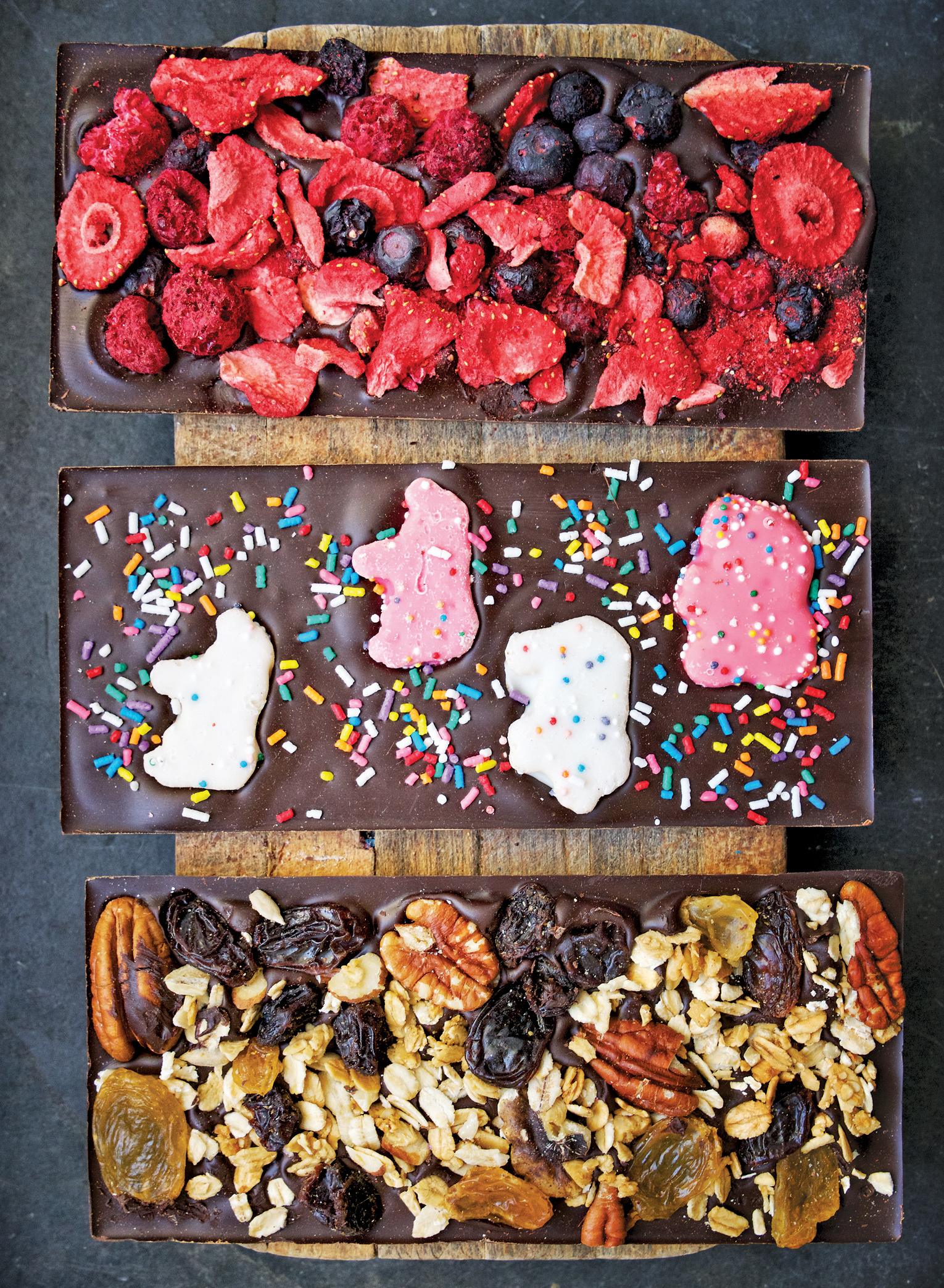
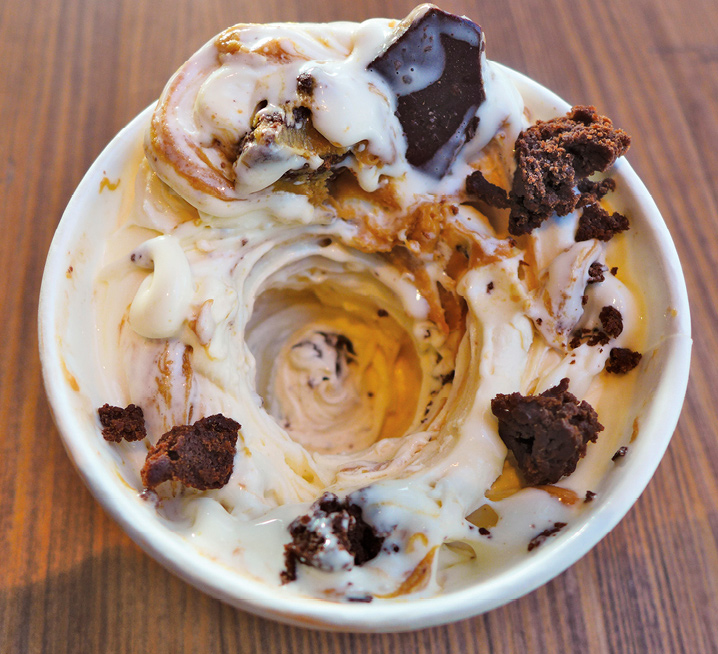
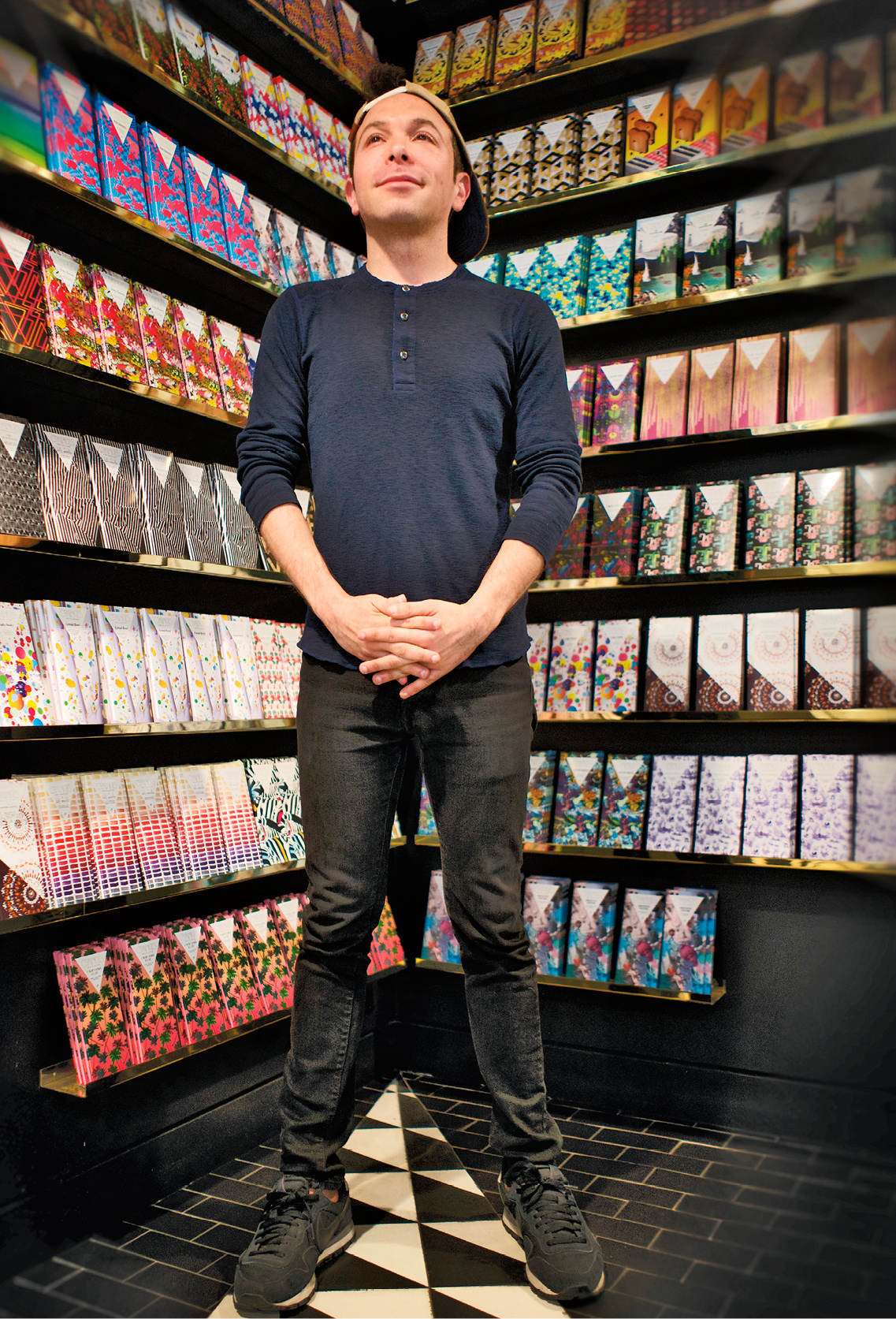
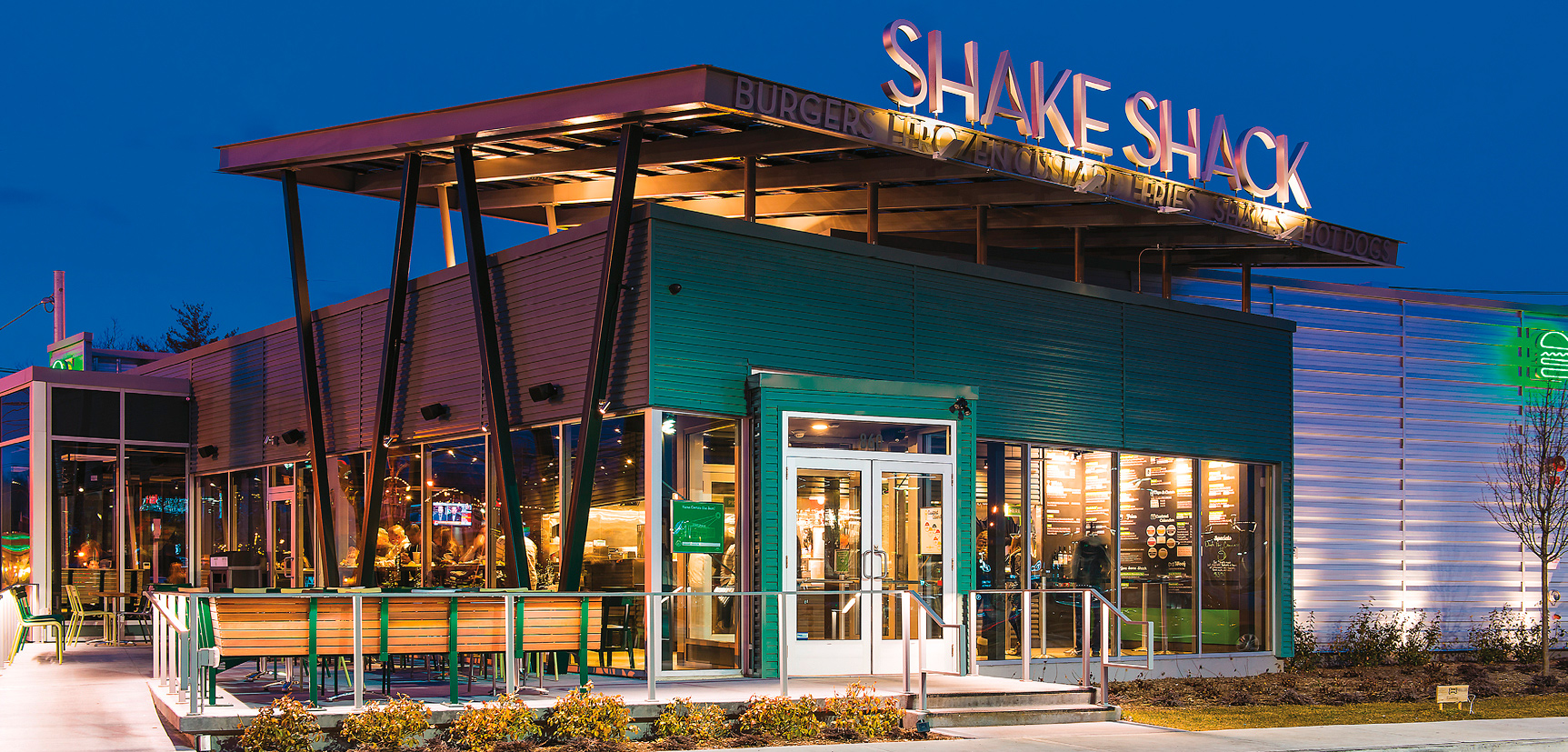
Westbury, NY Freestanding in the heart of a Long Island shopping center, this Shack features recycled and sustainable materials, plus solar panels on the roof.
“We want our Shacks to seem like they’ve been part of their community forever. We constantly challenge ourselves. We can flex up or down: in a train station, in a park, in a stadium. Our sweet spot is balancing innovative design—architecture, seating, lighting—with lots of warmth that makes people feel really great.”
—ANDREW McCAUGHAN, VP, DEVELOPMENT
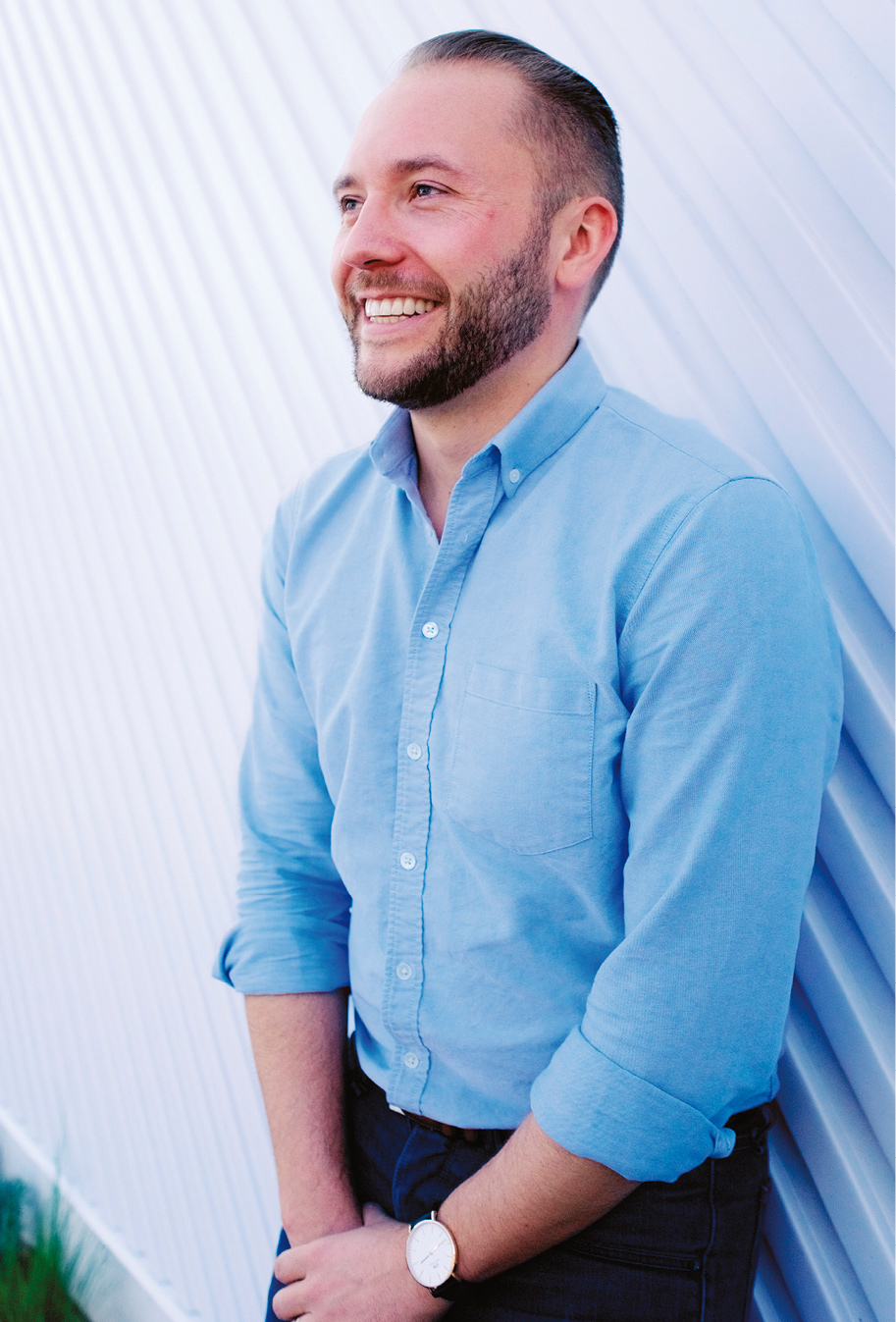
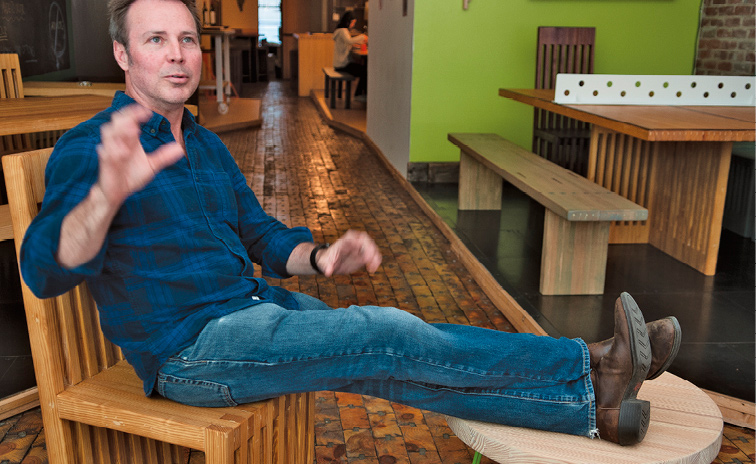
LOCAL HERO

NEW YORK, NY
“So here’s a leap,” says Jim Malone, a former cartoon producer and the original voice director for Pokémon. “I was obsessed with making a kitchen counter from a single wooden slab. Research led me to old bowling lane wood made from sturdy heart pine, the steel of the 19th century. I designed a few pieces for the Brooklyn Flea from that wood. My first sale was a big table for Starbuck’s. When I met Randy in about 2010, he ordered tables for three Shacks at once.” Counter Evolution’s tables now appear in most Shacks, finished with a natural oil Jim developed instead of polyurethane.
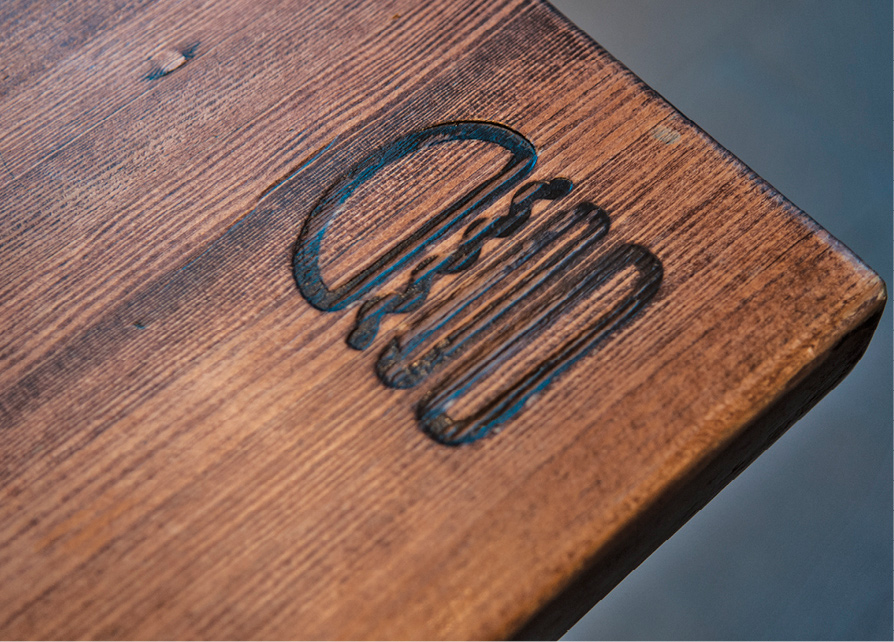
LOCAL HERO

BROOKLYN, NY
Bill Hilgendorf, left, and Jason Horvath, in their workroom (photo below), met in ceramics class at RISD, then founded Uhuru, their furniture design and fabrication company named for the Swahili word for “creativity.”
From sprawling factory space in Red Hook, Brooklyn, that overlooks New York Harbor, the partners turn out metal-framed solid wood stools, chairs, tables, and more for Shake Shack as they have for years. “We are makers,” Bill explains. “We have our hands on every part of the project.” “Talk about sustainability,” Jason adds. “One of the best ways to conserve resources is to make durable things that will last.”
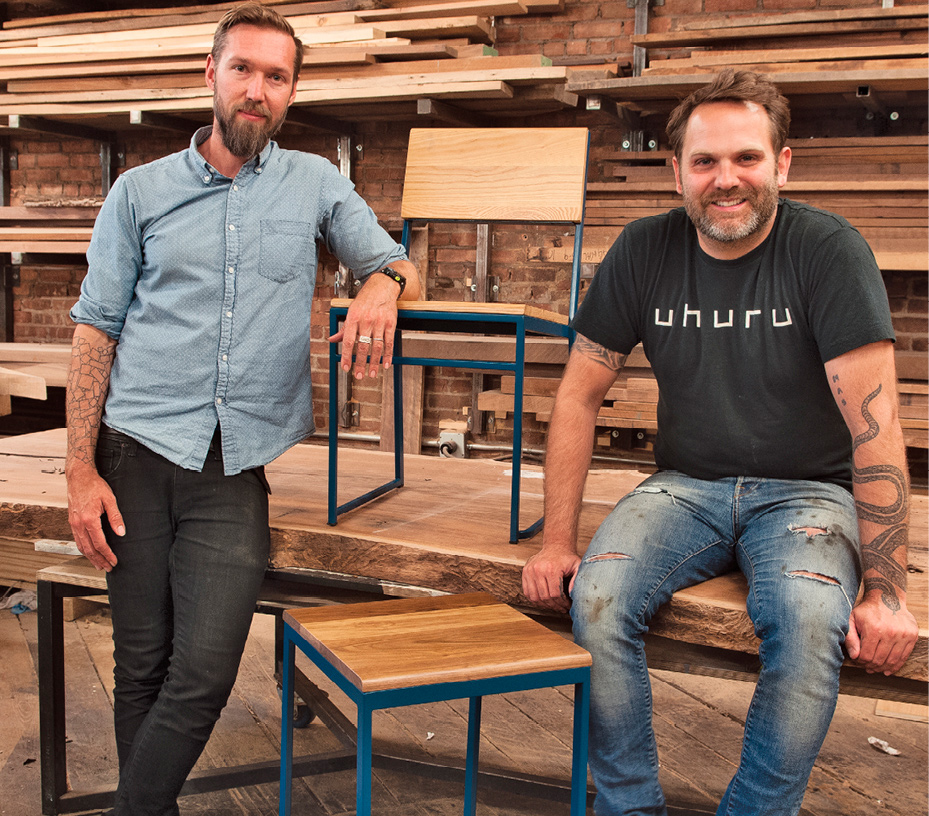
“Who ever wrote the rule that all Shacks must look alike?”
—DANNY MEYER
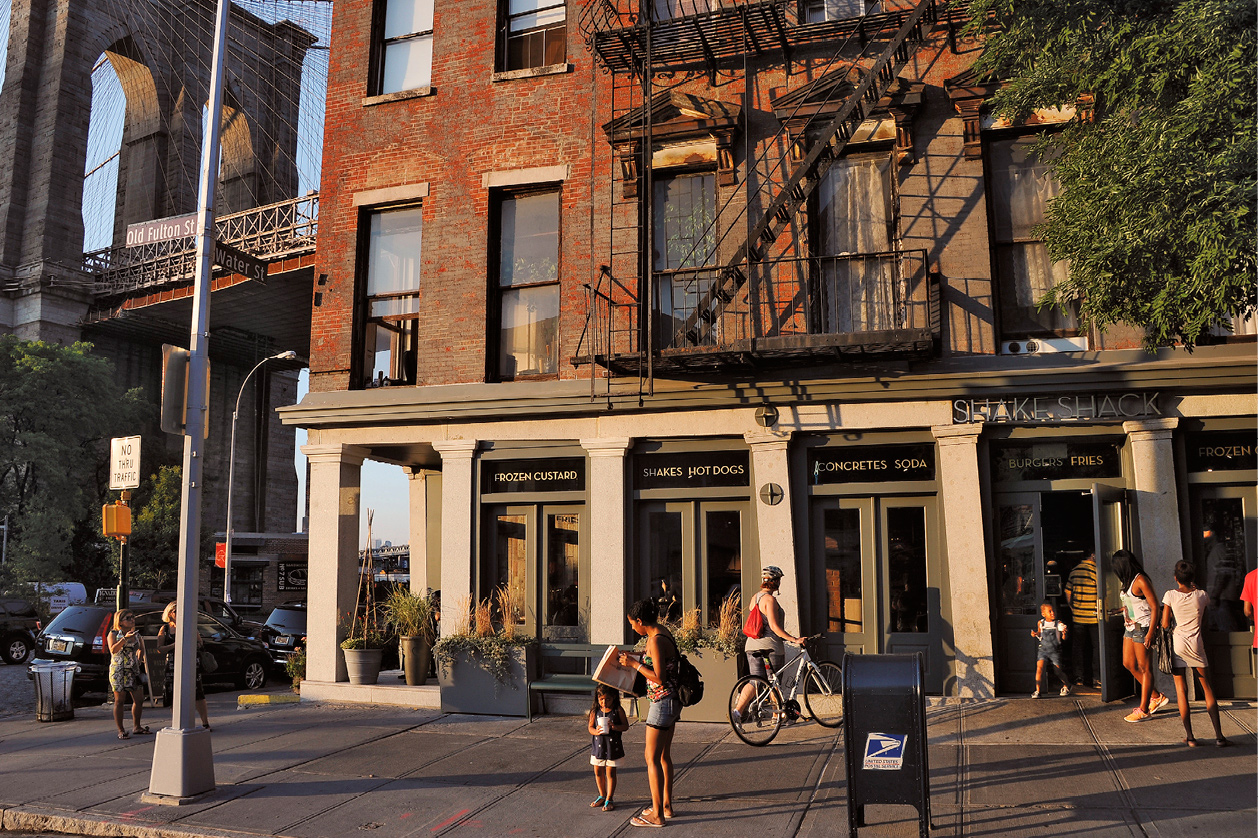
Dumbo, Brooklyn Reanimating existing space, as exemplified by the Shack retrofitted into the old brick buildings under the Brooklyn Bridge, is part of the Shack’s mission.
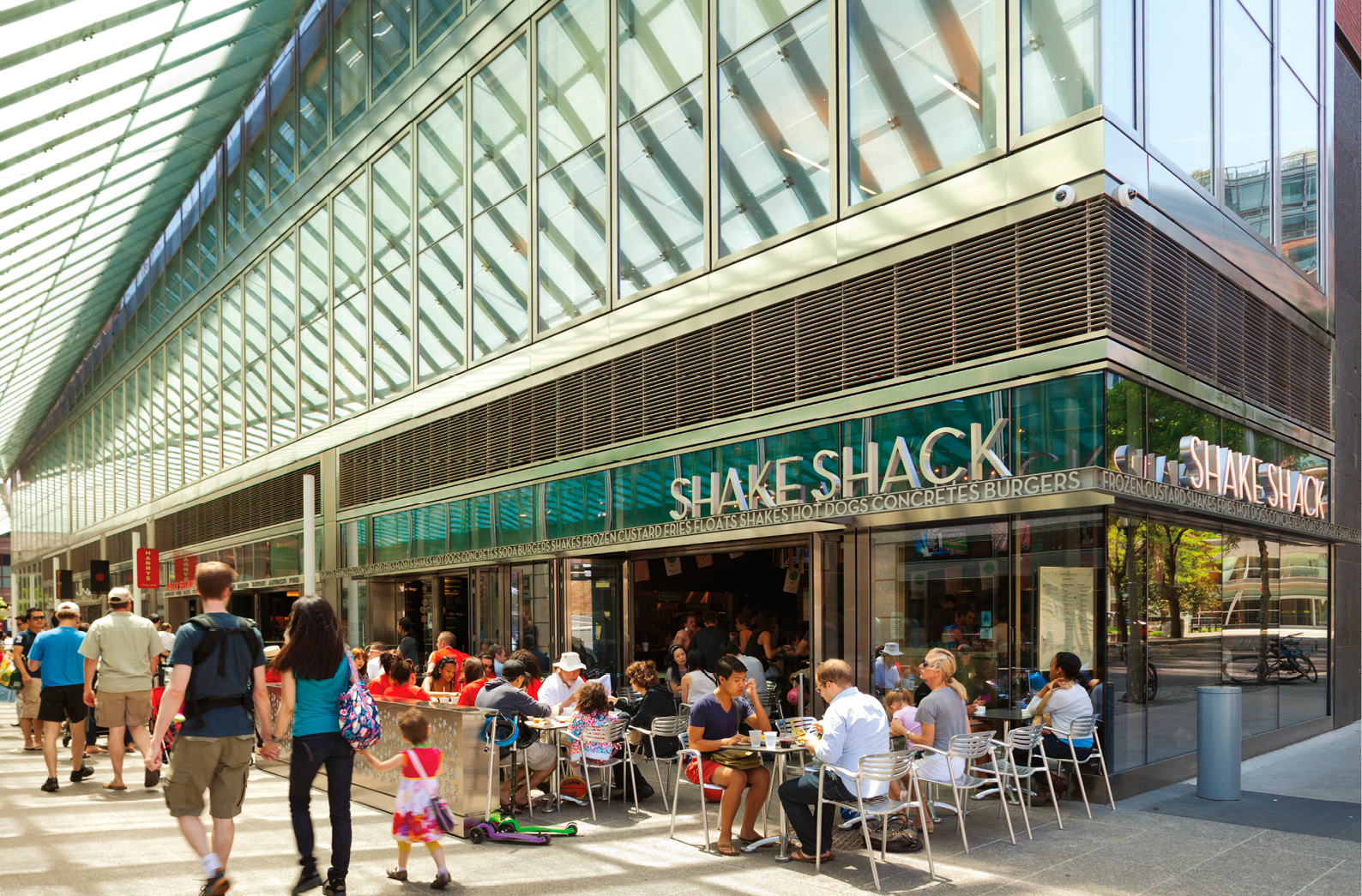
Battery Park City, NY A little secret about the glittery Shack tucked into the heart of New York’s downtown financial district is that its details are all in “money green.”
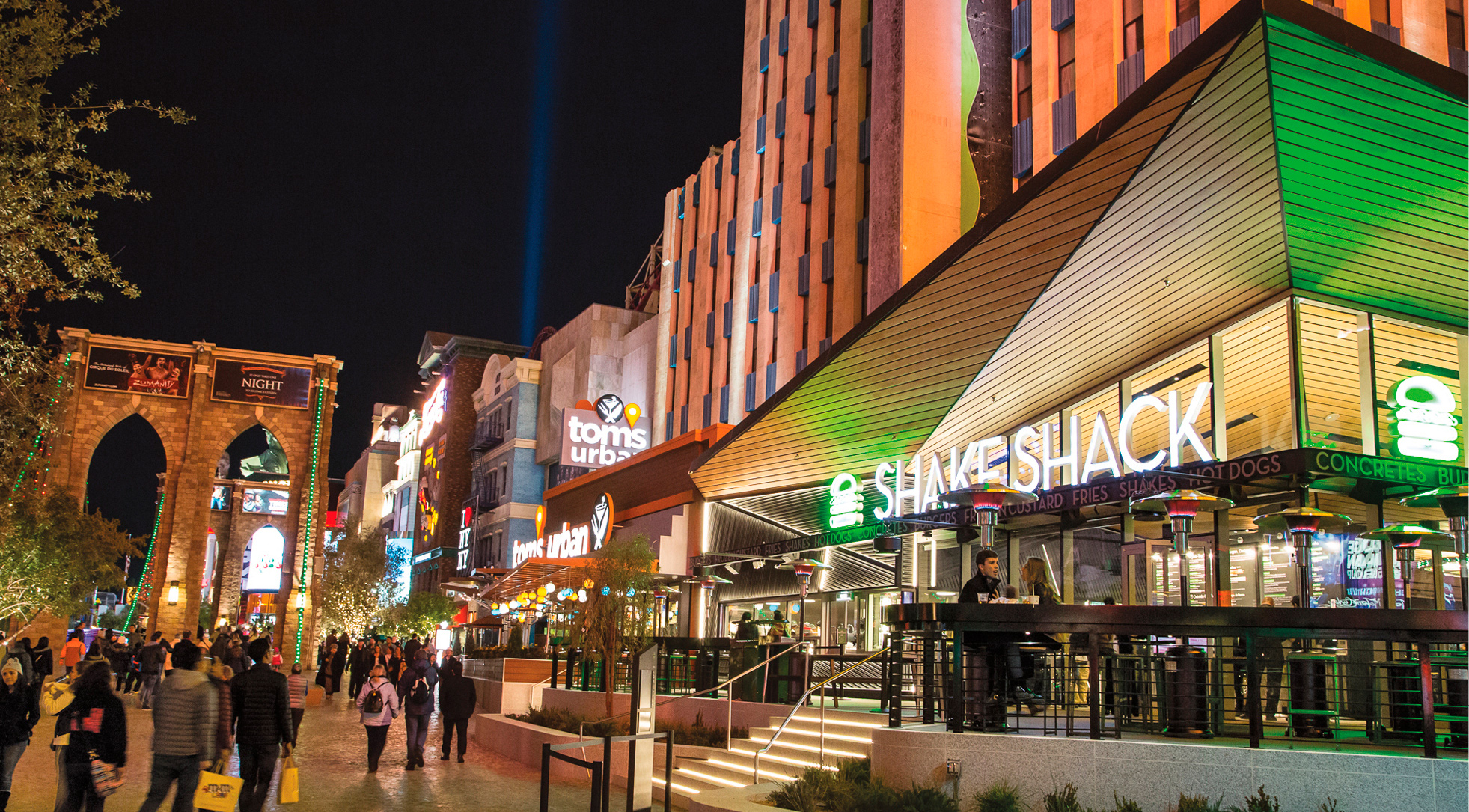
Las Vegas, NV The contemporary and soaring roofline of the Las Vegas Shack reflects the dash and optimism of the city.
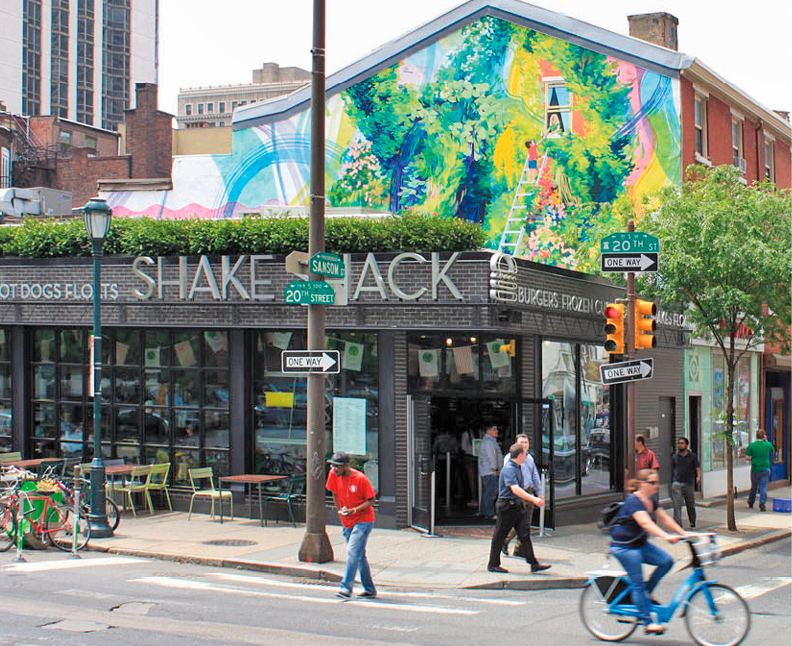
Philadelphia, PA Center City Philly’s Sansom Shack proudly participated in the city’s robust Mural Arts program that has transformed the city.
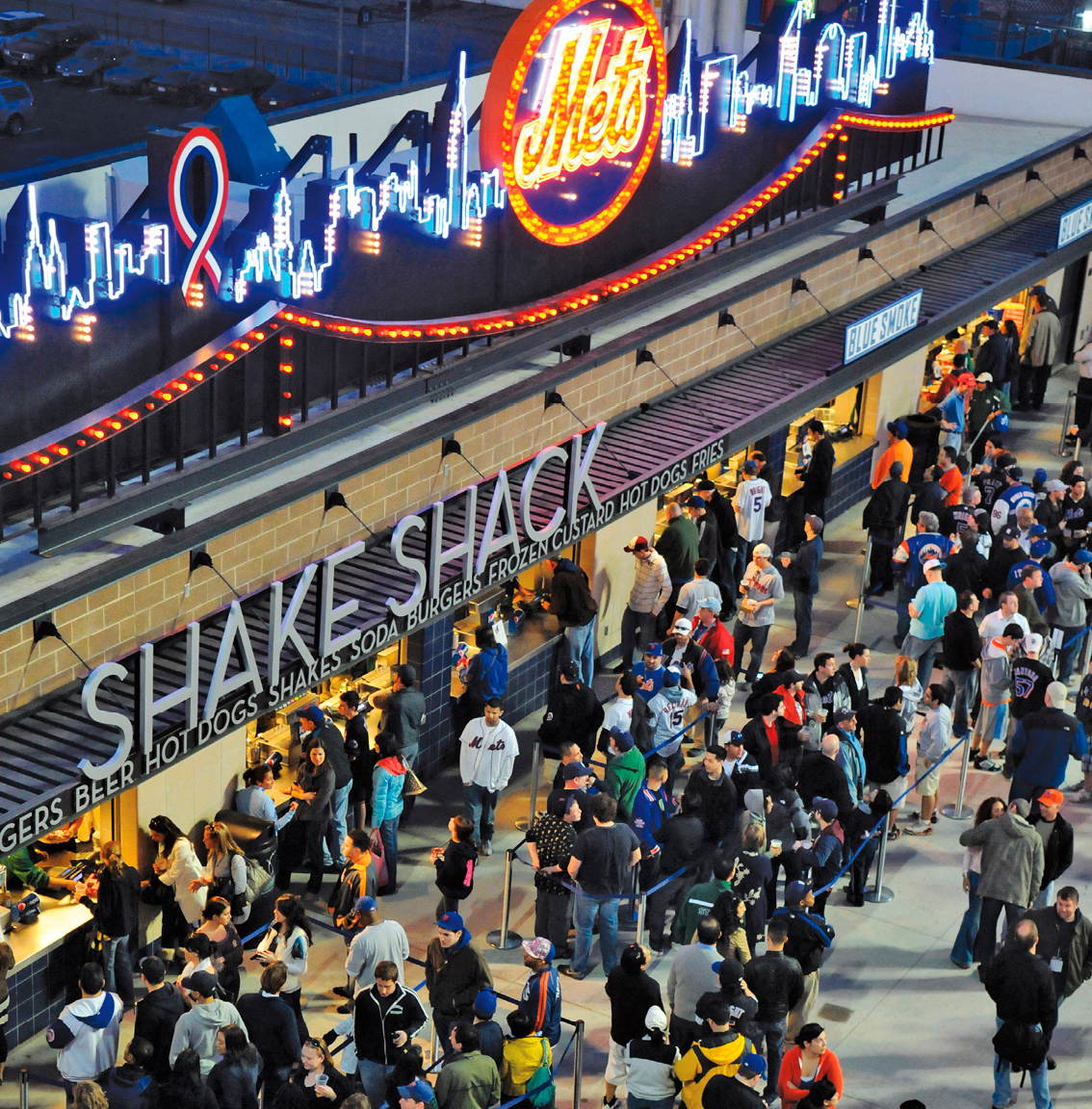
Citi Field, NY Opening a Shack at Citi Field in Queens, home of the NY Mets, in 2009, was a test of the brand’s flexibility.
At Home Abroad
“We’re not always looking for the busiest street corner,” says Michael Kark. “We’re looking for the best place for our brand to have a soul.” Expanding internationally through partnerships in Europe, the Middle East, and now Asia, Kark tries to understand “what will be the best cultural fit for us. Because we’re a really big brand but we’re actually a very small team.”
Opening in Tokyo in 2015, with priests leading a traditional Shinto ceremony to bless the health and growth of the business, was a moving event for the home team.
“I always wake up on the morning of an opening and worry ‘What if nobody comes?’” Randy admits. As it turned out, people had slept out the night before in the park, where the Shack was built among the gingko trees.
“The opportunity to have our people travel abroad, to train our local teams in the values of hospitality, and then,” as Kark explains, “cycle them back into the pool and then have them spread the word—it's an incredible employment incentive.”
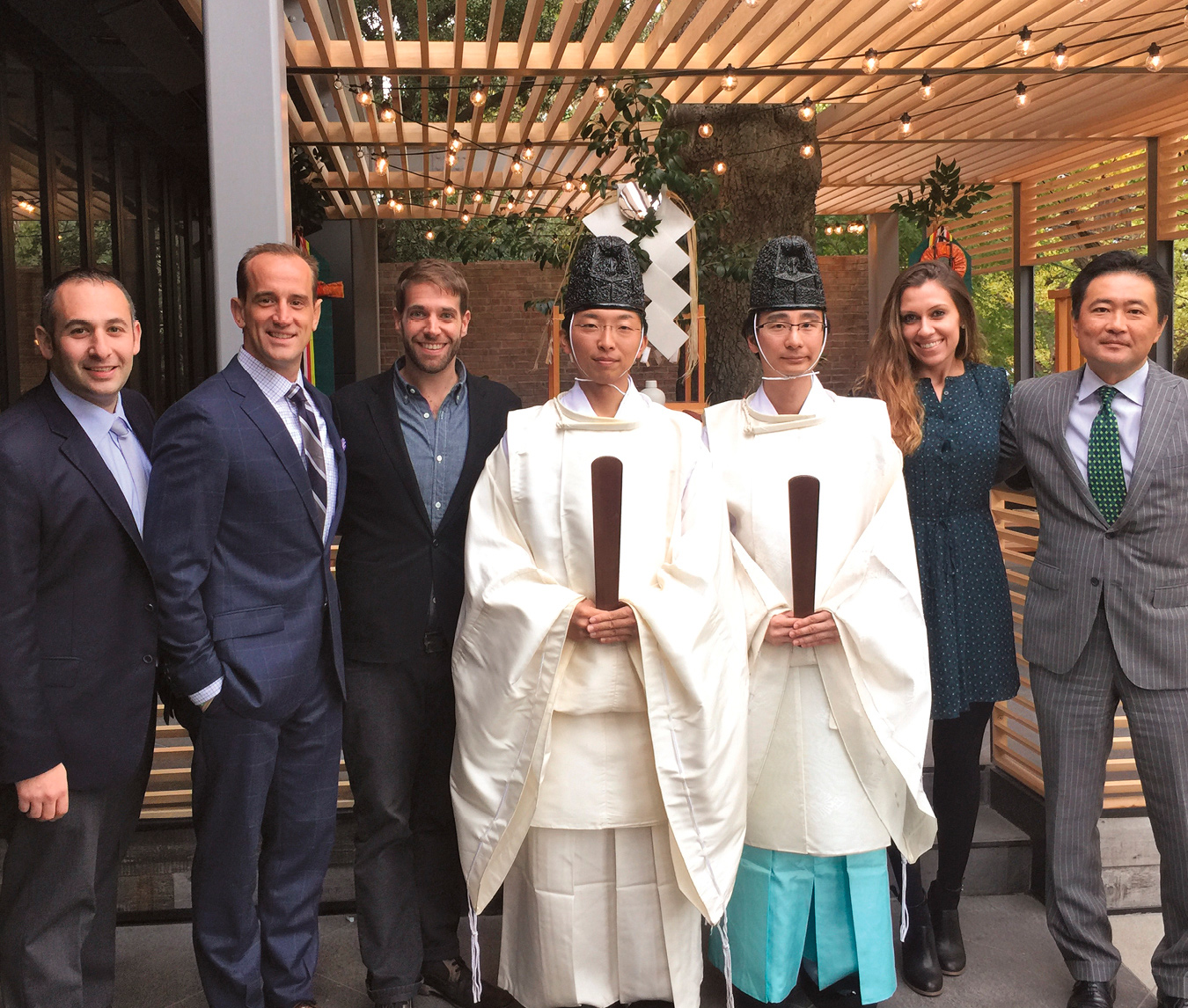
Meiji-Jingu Gaien Park, Tokyo Michael, Randy, Mark, and Megan join our Japanese partner Anthony Tsunoda, at the blessing before opening the first Japanese Shack.

Qatar It’s a lively scene at the Shack in the Villaggio Mall in Doha.
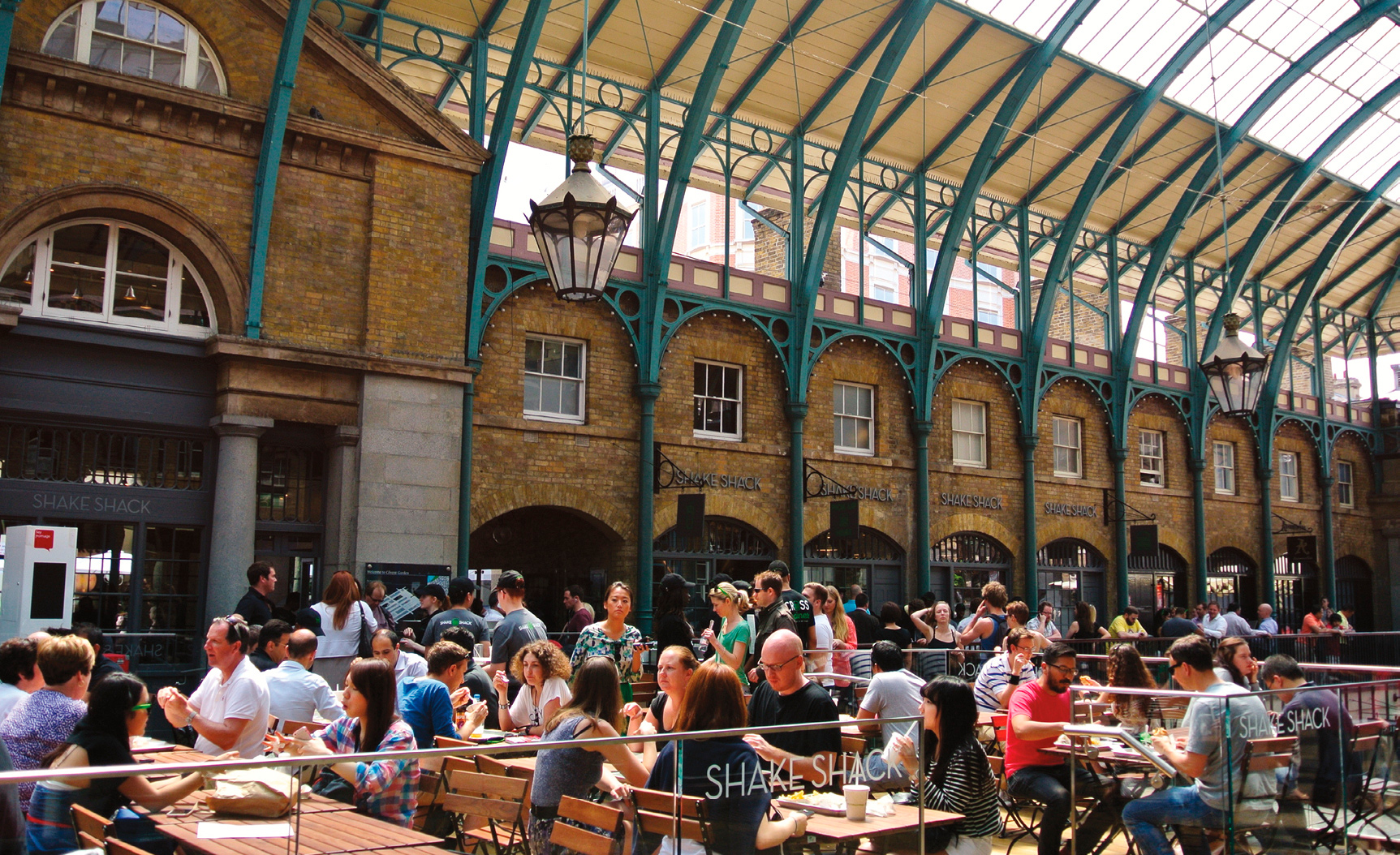
Covent Garden, London is an excellent example of retrofitting a 21st-century Shack into 19th-century space.
“Our brand is universal. It crosses borders and political tensions. Locals are thrilled that we take the time to learn their culture, understand their food, and present local flavors.”
—MICHAEL KARK, VP, LICENSED BUSINESS
